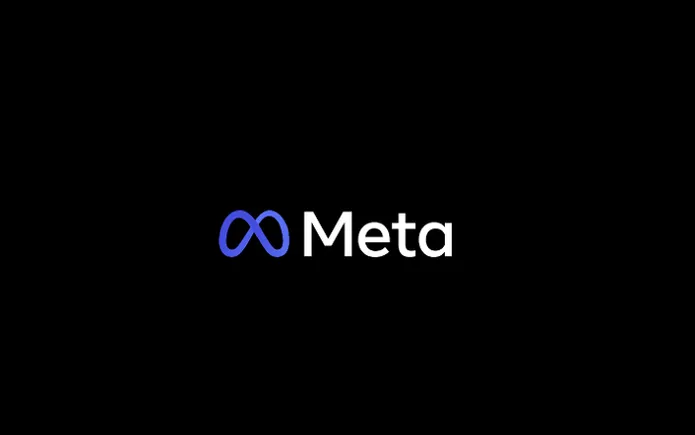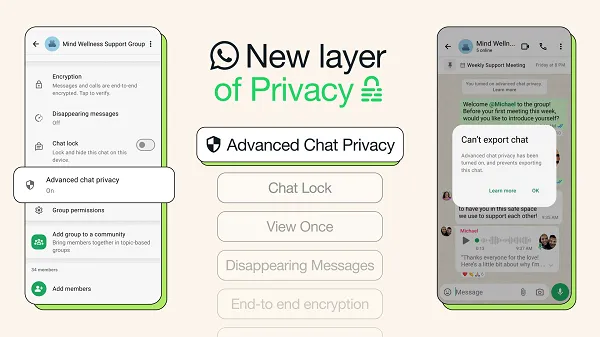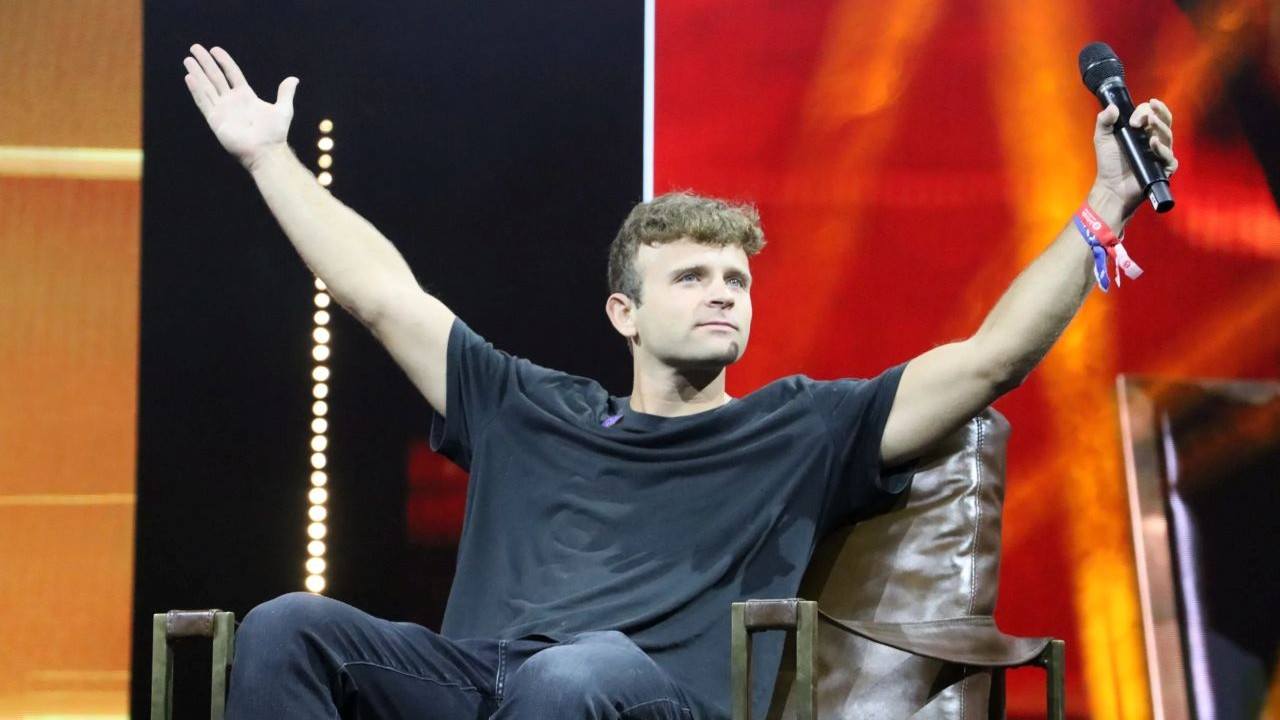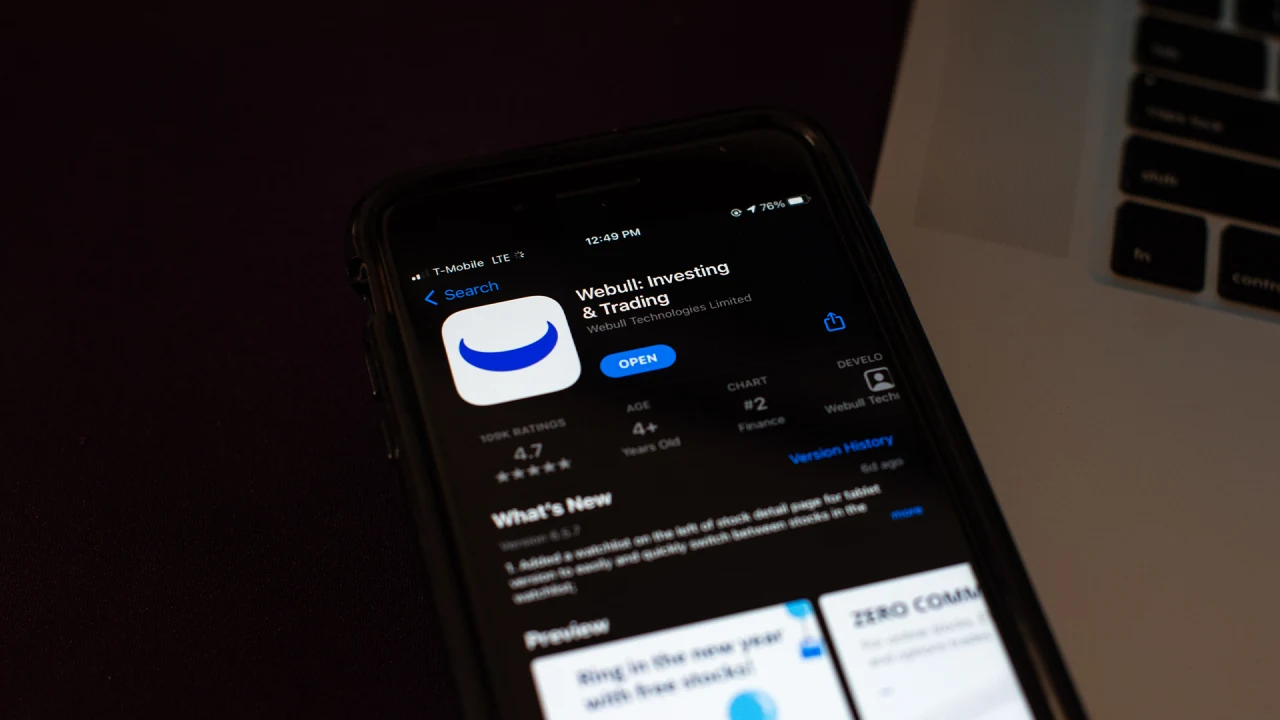Pinterest is telling teens to stop looking at their mood boards in class
For most social media companies, getting users to doomscroll as much as possible is the name of the game. But Pinterest is now encouraging its young users to put their phones away during class. The mood board app is currently demoing a new pop-up for users aged 13 to 17 in the U.S. and Canada that will prompt them to stop scrolling and close the app during class, according to a report from The Verge. “Focus is a beautiful thing,” a screenshot of the prompt reads. “Stay in the moment by putting Pinterest down and pausing notifs until the school bell rings.” The pop-up is set to appear between 8 a.m. and 3 p.m. on school days, and Pinterest plans to roll out the test to millions of young users. The new test feature comes as, just this week, a new report from Pew Research found that nearly half of teens think social media has a “mostly negative” mental effect on people their age. Over the past several years, the issue of social media regulation for young users has become a prominent concern both for lawmakers and for schools. More than 40% of Pinterest’s users are Gen Z. Now, in a small way, the company is taking matters into its own hands. Phones are increasingly distracting in the classroom, teachers say In a Pew Research survey this January, 72% of high school teachers and 33% of middle school teachers reported cellphone distractions as a major problem in school. And another study from the think tank, published this Tuesday, found that 48% of teens aged 13 to 17 think that social media has a “mostly negative” effect on their peers, up 32% from a similar study question back in 2022 (though most respondents in 2025 were ambivalent about social media’s affect on themselves.) For years, experts have warned users of social media’s addicting and often distracting algorithmic properties—and the effects of these properties on school-age users is an increasingly widespread topic of discussion, as well as some potential legislation. Most recently, U.S. legislators have proposed two pieces of legislation to protect young social media users: the Children and Teens’ Online Privacy Protection Act, nicknamed COPPA 2.0, which would ban targeted advertising to minors and data collection without their consent; and the Kids Online Safety Act (KOSA), which would make explicit a “duty of care” that social media companies have when it comes to preventing harm to minors using their products. Both COPPA 2.0 and KOSA passed in the Senate this July, but have been stalled since then. (COPPA 2.0 was reintroduced in the Senate earlier this month.) While these wide-reaching pieces of legislation have not yet passed, momentum around child internet health and safety has resulted in several major outcomes. In June, for example, New York State passed legislation limiting “addictive” social media feeds for children. In September, Instagram seemingly decided to get out ahead of potential changes by introducing a new account type for teens. And, according to the health policy organization KFF, nine states have passed statewide policies that ban or restrict cellphone use in schools as of March 2025. How Pinterest is implementing more proactive safeguards for teens Despite these trends toward safeguarding school-age students’ social media use, Pinterest claims its pop-up test will be the first time a tech company tries a “proactive” feature to keep kids focused in class. “At Pinterest, we believe that schools can take advantage of all that technology has to offer students, while minimizing the harms and distractions,” Wanji Walcott, Pinterest’s chief legal and business affairs officer, told The Verge of the pop-up. “Tech companies need to work together with teachers, parents, and policymakers to build solutions that ensure in the hands of our students, smartphones are tools, not distractions.” This isn’t the first time that Pinterest’s leadership has expressed an interest in implementing more guardrails around young people’s social media use, nor is it the first instance of the app adding new safety features for teens. Pinterest CEO Bill Ready has led the company for nearly three years, during which time he has called for a national digital ID system to verify users’ ages and declared his support for KOSA. Back in 2023, an NBC News investigation found that adult men were using Pinterest to create mood boards of young girls. In response, the platform created new default privacy settings for users 16 and under—including keeping all teen accounts private and undiscoverable, adding new limits to messaging functions, and making age verification more stringent. In addition, Pinterest doesn’t allow content that might be perceived as promoting body-shaming (like weight loss ads, for example) and it has removed filters from its beauty testing features. Making Pinterest safer for teens seems to be something of a personal mission for Ready, who spoke in favor of phone-free schools at this year’s World Economic

For most social media companies, getting users to doomscroll as much as possible is the name of the game. But Pinterest is now encouraging its young users to put their phones away during class.
The mood board app is currently demoing a new pop-up for users aged 13 to 17 in the U.S. and Canada that will prompt them to stop scrolling and close the app during class, according to a report from The Verge. “Focus is a beautiful thing,” a screenshot of the prompt reads. “Stay in the moment by putting Pinterest down and pausing notifs until the school bell rings.” The pop-up is set to appear between 8 a.m. and 3 p.m. on school days, and Pinterest plans to roll out the test to millions of young users.
The new test feature comes as, just this week, a new report from Pew Research found that nearly half of teens think social media has a “mostly negative” mental effect on people their age. Over the past several years, the issue of social media regulation for young users has become a prominent concern both for lawmakers and for schools. More than 40% of Pinterest’s users are Gen Z. Now, in a small way, the company is taking matters into its own hands.
Phones are increasingly distracting in the classroom, teachers say
In a Pew Research survey this January, 72% of high school teachers and 33% of middle school teachers reported cellphone distractions as a major problem in school. And another study from the think tank, published this Tuesday, found that 48% of teens aged 13 to 17 think that social media has a “mostly negative” effect on their peers, up 32% from a similar study question back in 2022 (though most respondents in 2025 were ambivalent about social media’s affect on themselves.)
For years, experts have warned users of social media’s addicting and often distracting algorithmic properties—and the effects of these properties on school-age users is an increasingly widespread topic of discussion, as well as some potential legislation.
Most recently, U.S. legislators have proposed two pieces of legislation to protect young social media users: the Children and Teens’ Online Privacy Protection Act, nicknamed COPPA 2.0, which would ban targeted advertising to minors and data collection without their consent; and the Kids Online Safety Act (KOSA), which would make explicit a “duty of care” that social media companies have when it comes to preventing harm to minors using their products.
Both COPPA 2.0 and KOSA passed in the Senate this July, but have been stalled since then. (COPPA 2.0 was reintroduced in the Senate earlier this month.) While these wide-reaching pieces of legislation have not yet passed, momentum around child internet health and safety has resulted in several major outcomes.
In June, for example, New York State passed legislation limiting “addictive” social media feeds for children. In September, Instagram seemingly decided to get out ahead of potential changes by introducing a new account type for teens. And, according to the health policy organization KFF, nine states have passed statewide policies that ban or restrict cellphone use in schools as of March 2025.
How Pinterest is implementing more proactive safeguards for teens
Despite these trends toward safeguarding school-age students’ social media use, Pinterest claims its pop-up test will be the first time a tech company tries a “proactive” feature to keep kids focused in class.
“At Pinterest, we believe that schools can take advantage of all that technology has to offer students, while minimizing the harms and distractions,” Wanji Walcott, Pinterest’s chief legal and business affairs officer, told The Verge of the pop-up. “Tech companies need to work together with teachers, parents, and policymakers to build solutions that ensure in the hands of our students, smartphones are tools, not distractions.”
This isn’t the first time that Pinterest’s leadership has expressed an interest in implementing more guardrails around young people’s social media use, nor is it the first instance of the app adding new safety features for teens.
Pinterest CEO Bill Ready has led the company for nearly three years, during which time he has called for a national digital ID system to verify users’ ages and declared his support for KOSA. Back in 2023, an NBC News investigation found that adult men were using Pinterest to create mood boards of young girls. In response, the platform created new default privacy settings for users 16 and under—including keeping all teen accounts private and undiscoverable, adding new limits to messaging functions, and making age verification more stringent.
In addition, Pinterest doesn’t allow content that might be perceived as promoting body-shaming (like weight loss ads, for example) and it has removed filters from its beauty testing features. Making Pinterest safer for teens seems to be something of a personal mission for Ready, who spoke in favor of phone-free schools at this year’s World Economic Forum. He shared in an interview at the time, “It’s so objectively clear that students will benefit from fewer distractions in the classroom. It will benefit their learning.”
“A key difference between Pinterest and other platforms is that we do not optimize for time spent, but rather time spent well—time spent on joyful, inspiring experiences,” Ready wrote in a January email to Fast Company. “We’re betting on hope, not hatred as the driver of engagement on Pinterest.”


































































































































































































![How to Find Low-Competition Keywords with Semrush [Super Easy]](https://static.semrush.com/blog/uploads/media/73/62/7362f16fb9e460b6d58ccc09b4a048b6/how-to-find-low-competition-keywords-sm.png)
